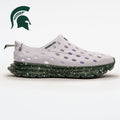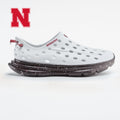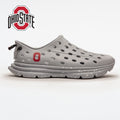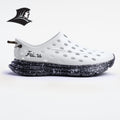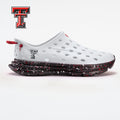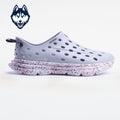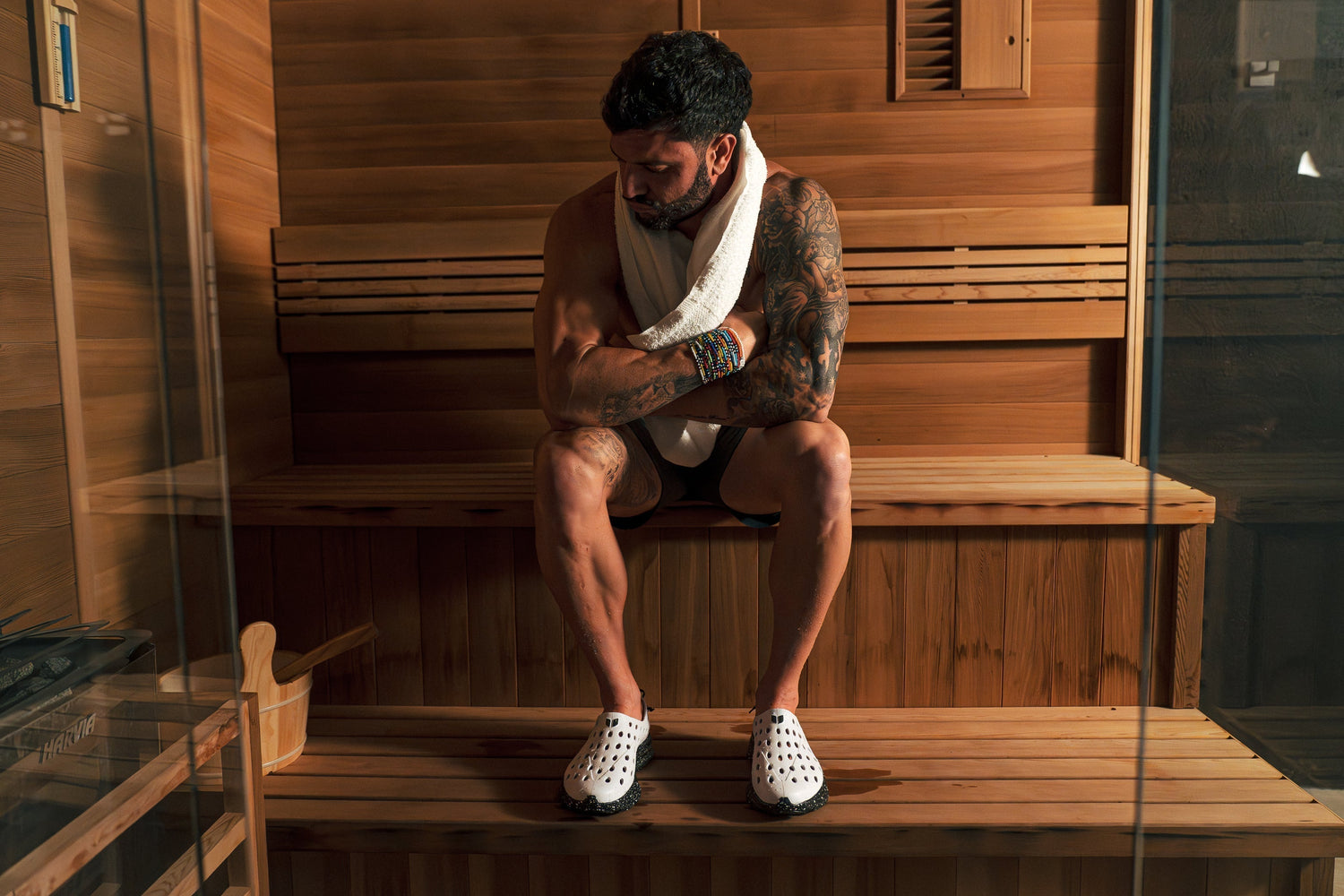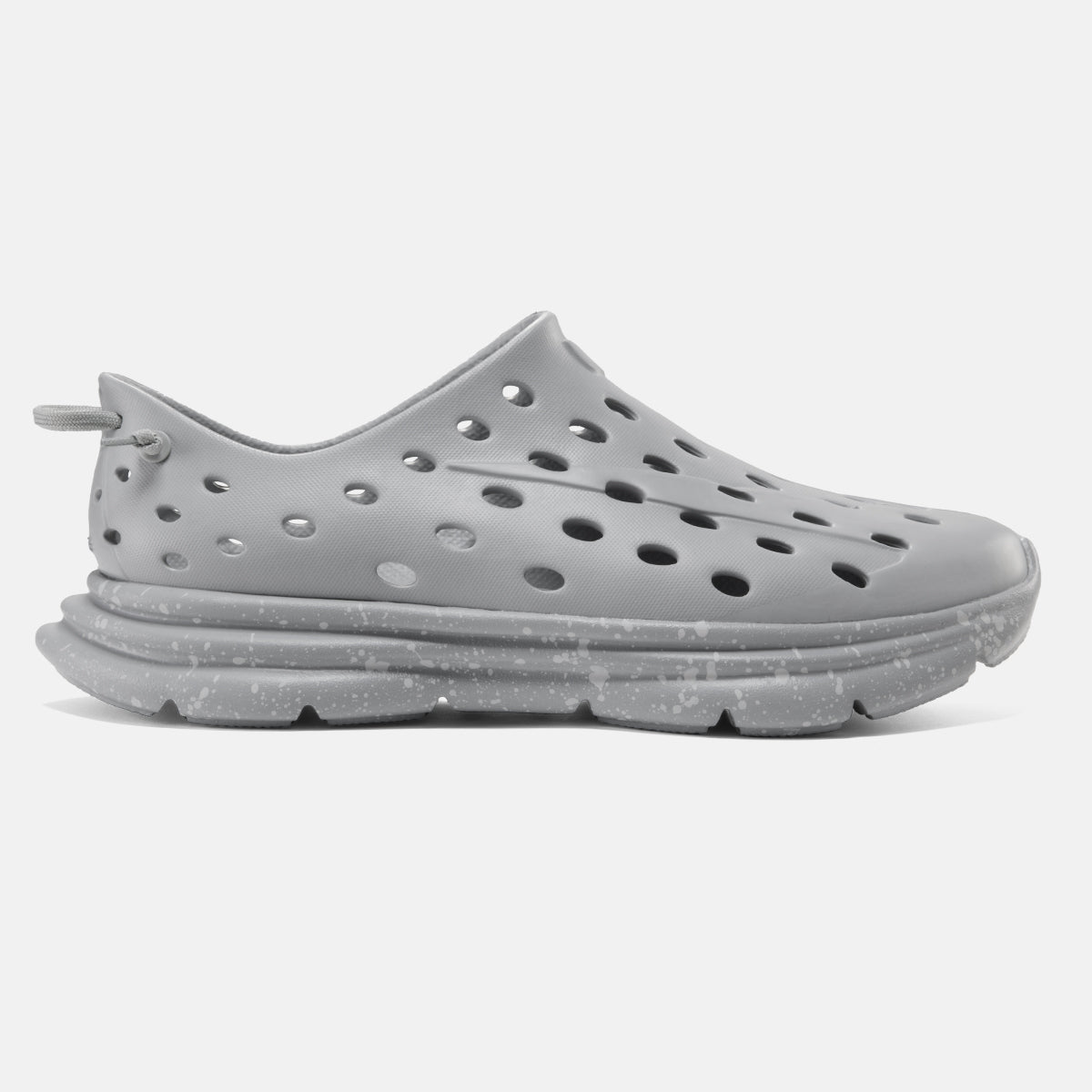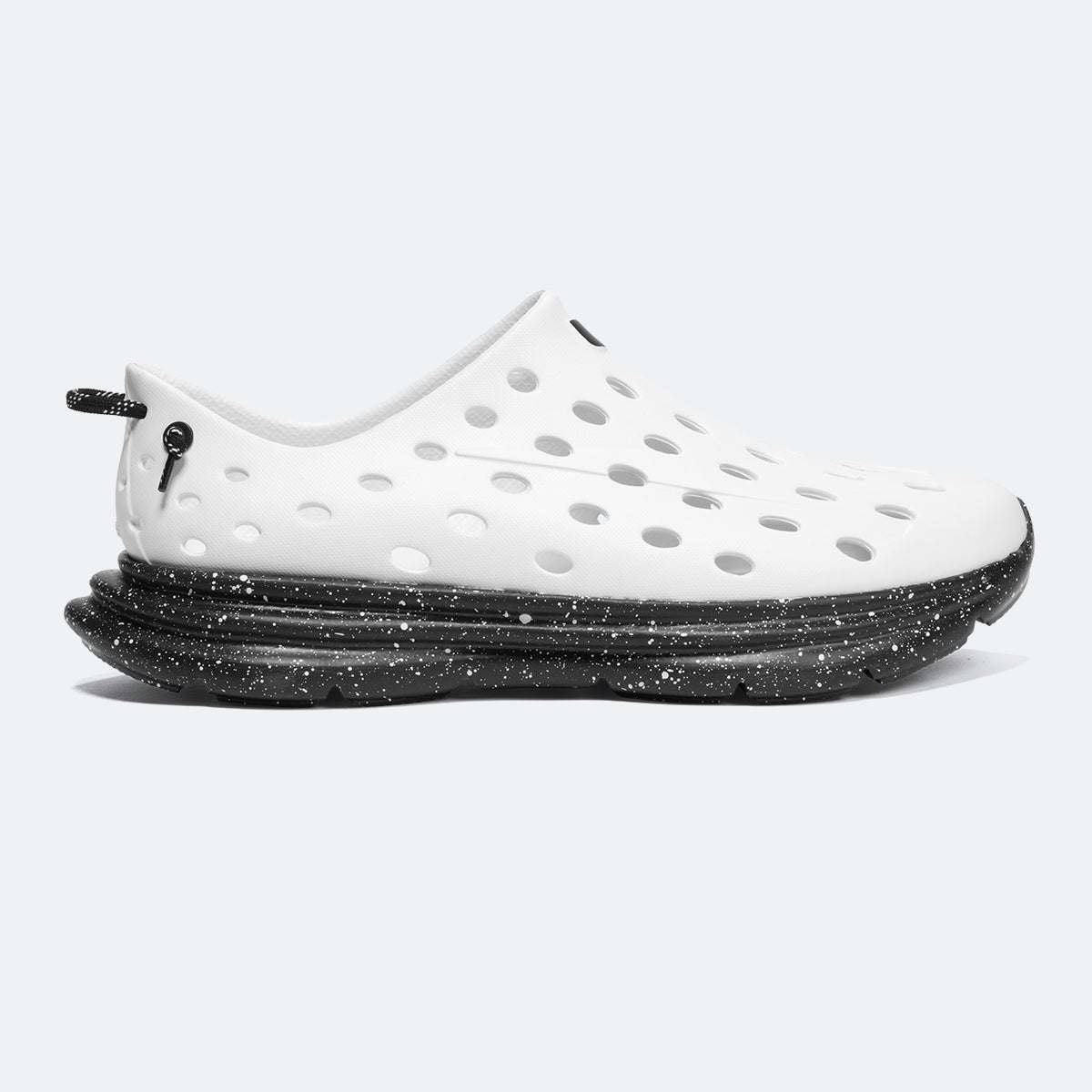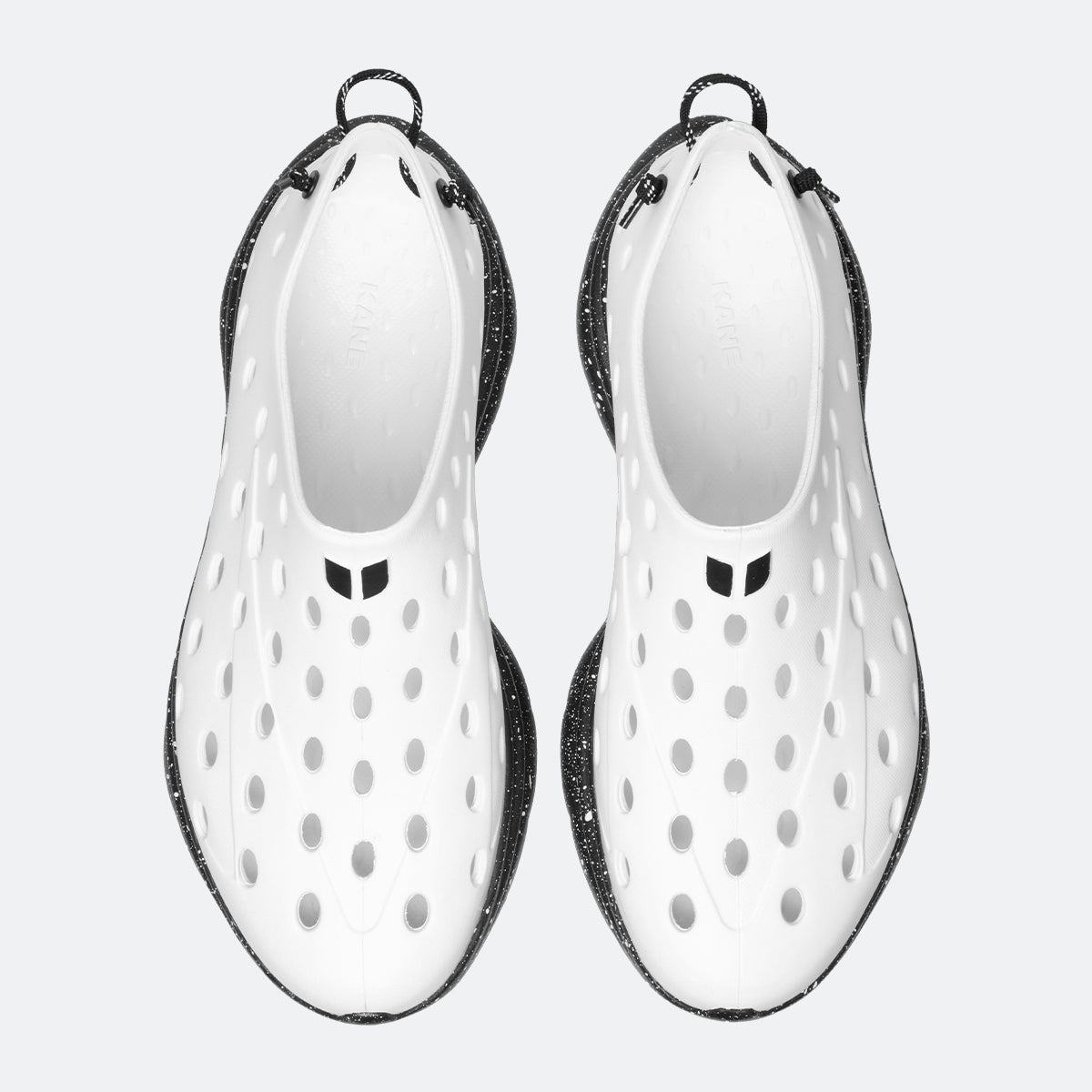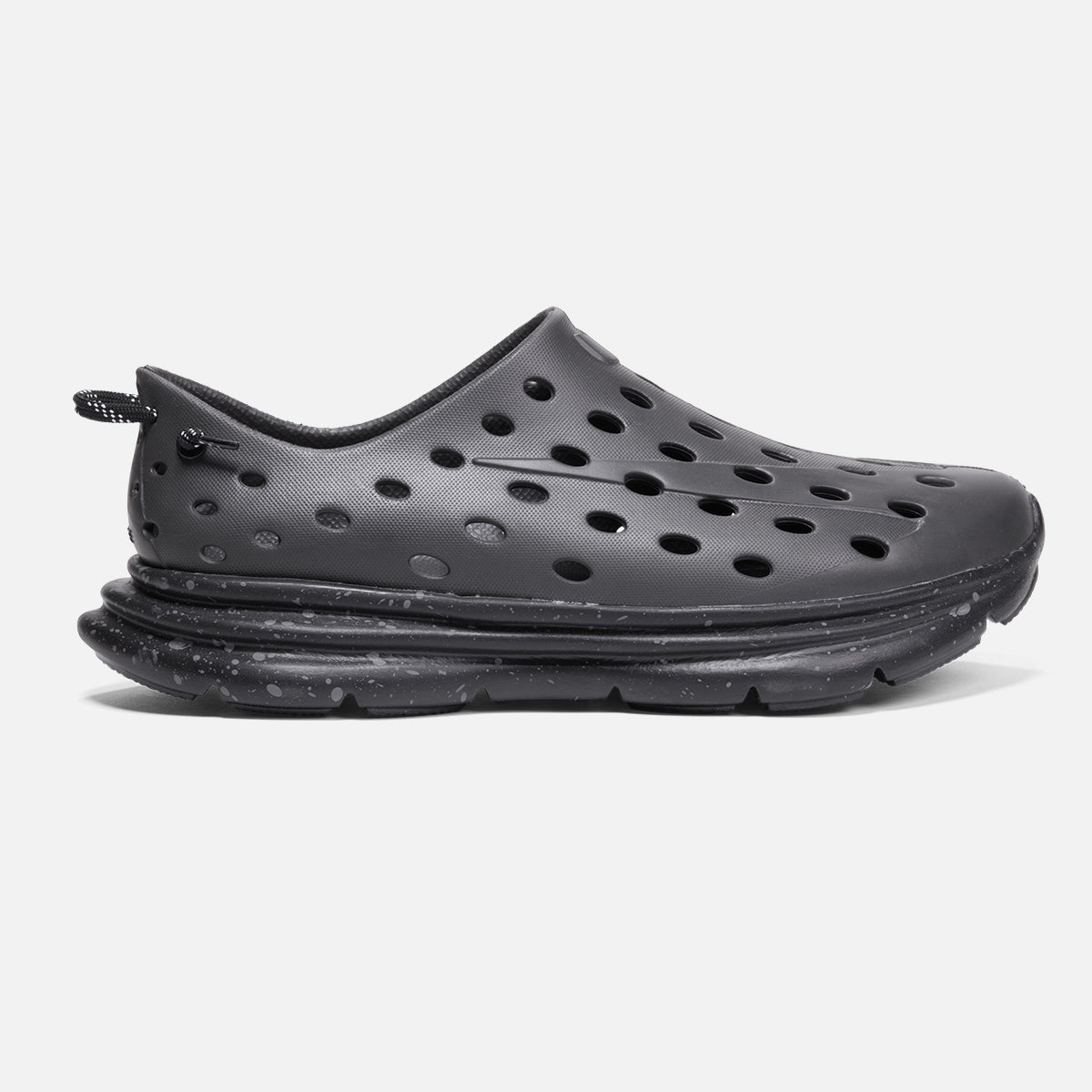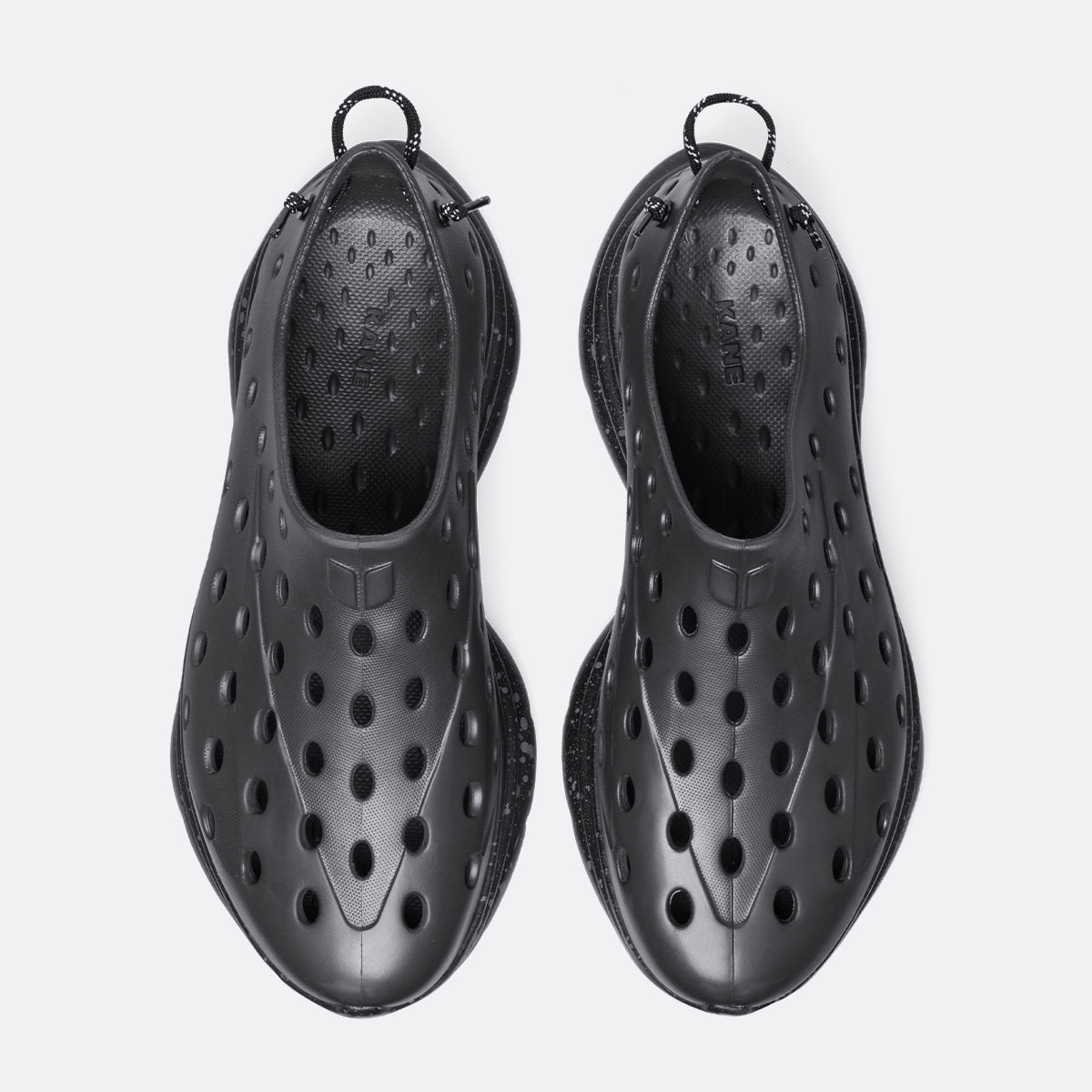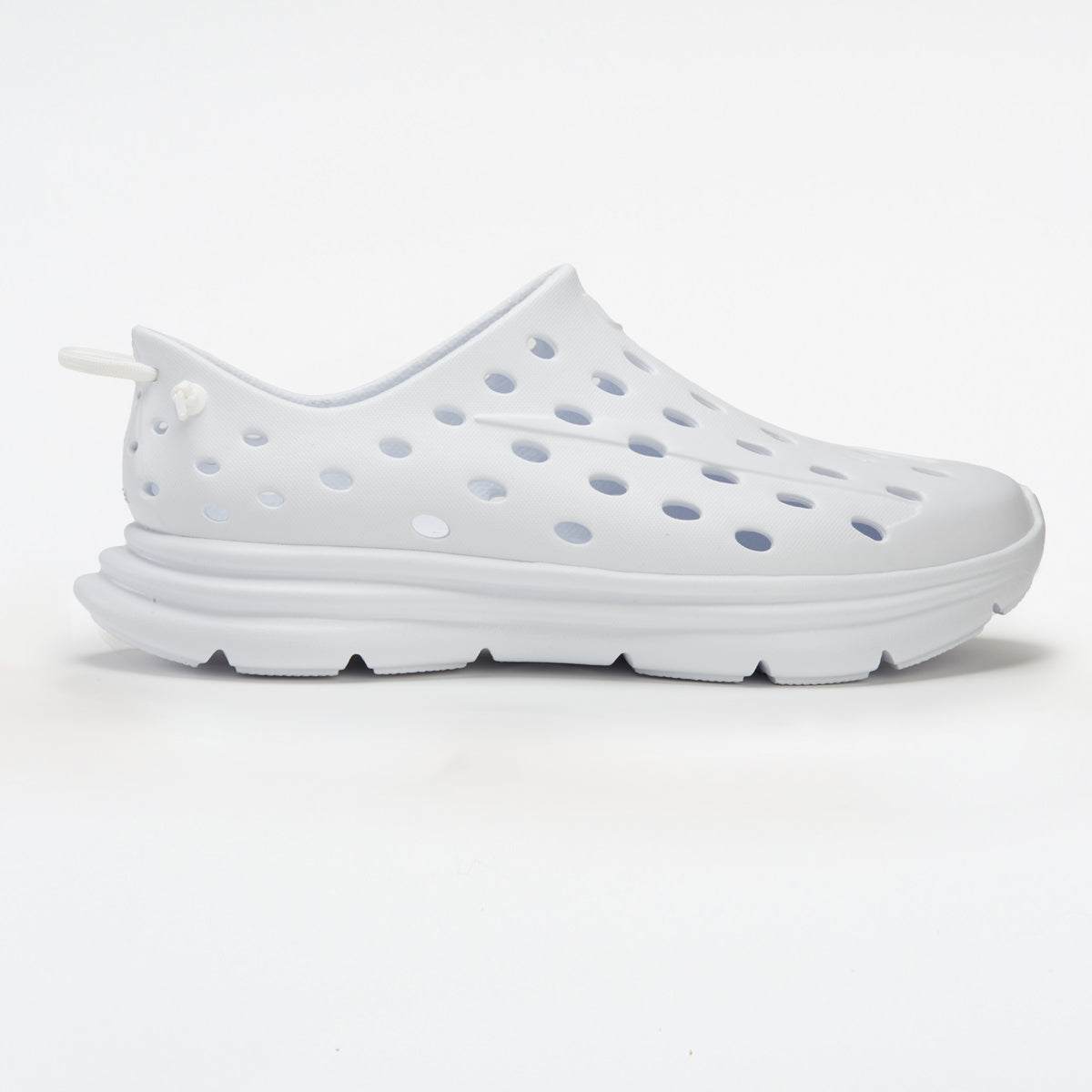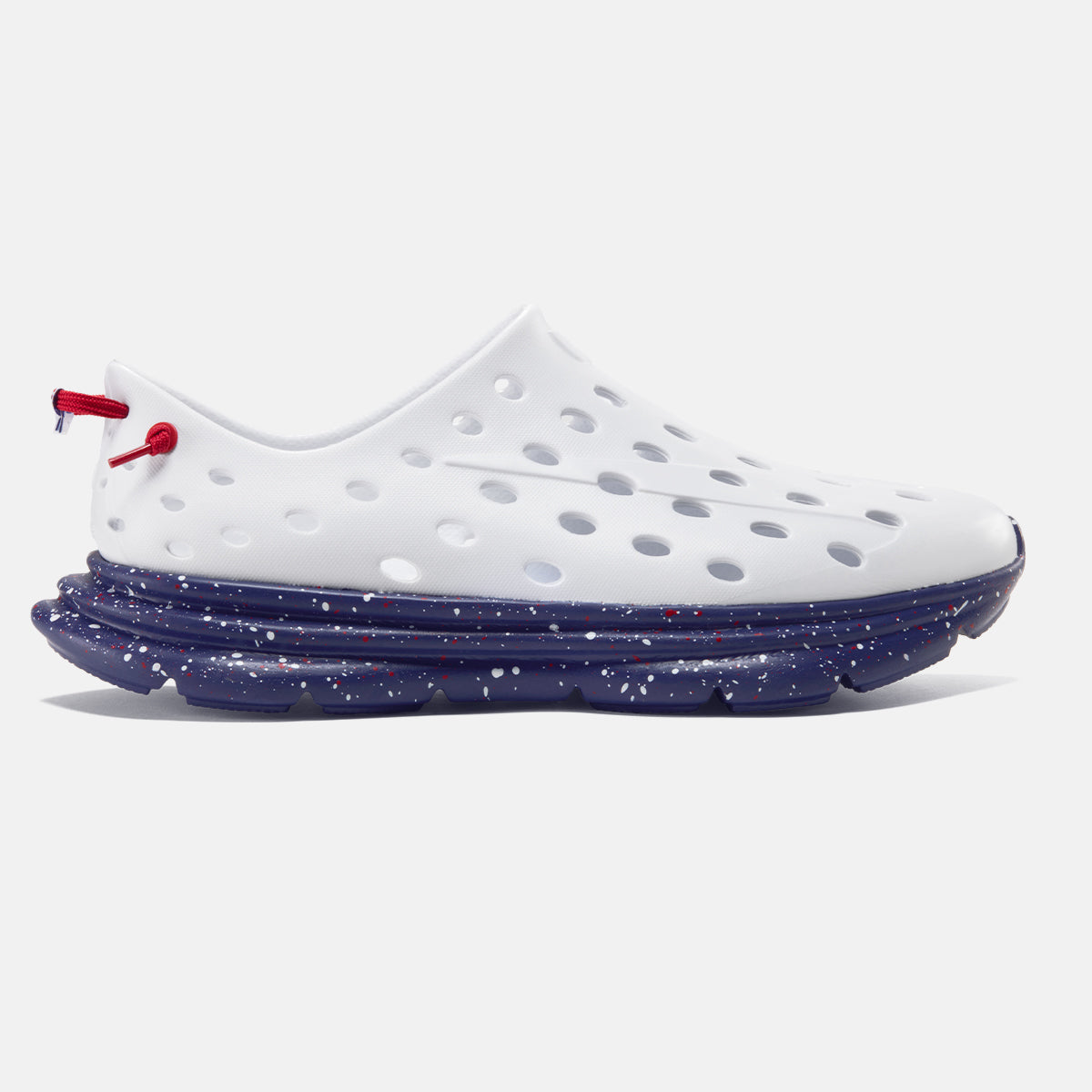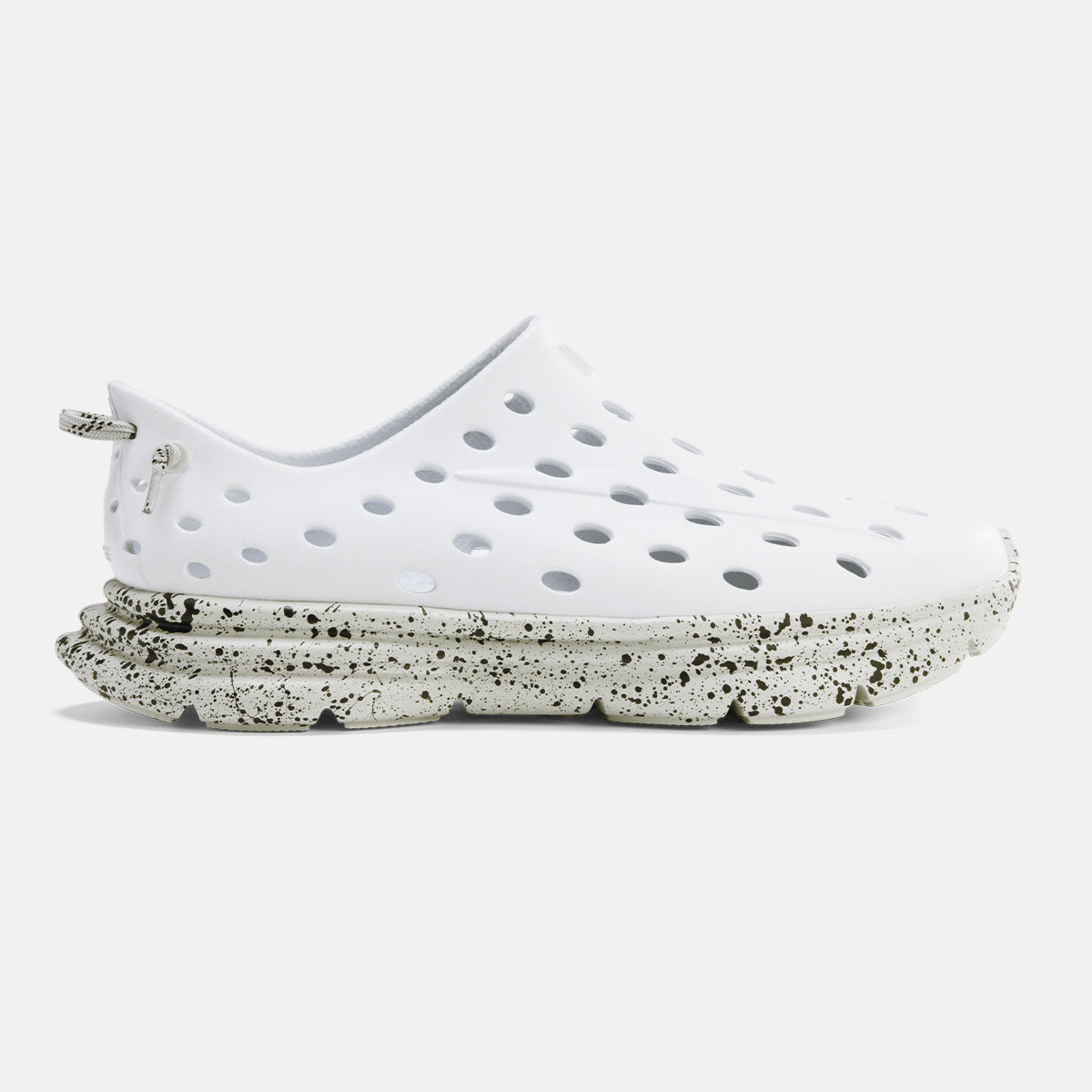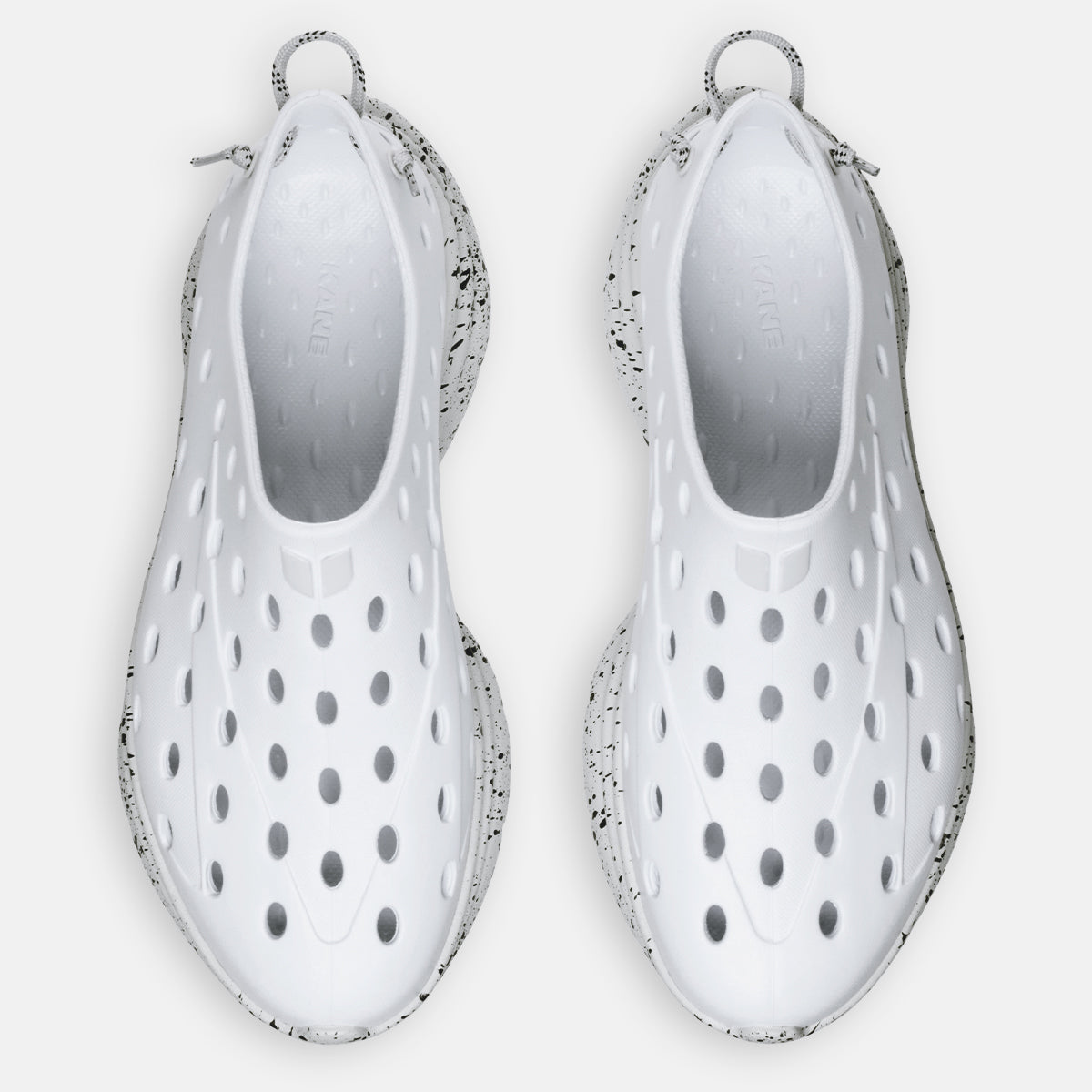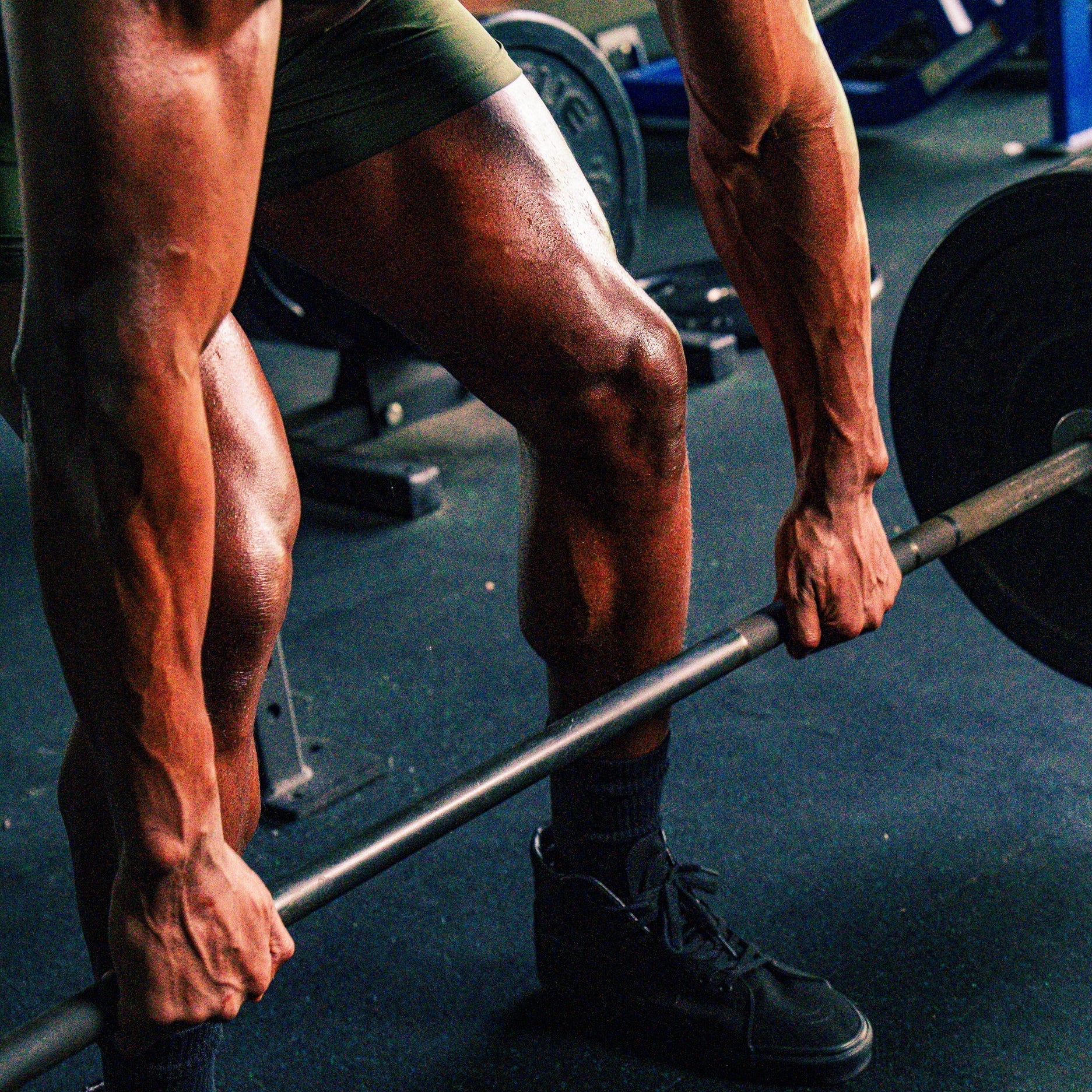You've just crushed your workout, muscles still humming from the effort, and now you're eyeing that steamy sanctuary in the corner of your gym. The sauna beckons, promising sweet relief for your tired body—but how long should you stay in there?
Whether you're drawn to the intense dry heat of a traditional Finnish sauna or prefer the gentle warmth of an infrared cabin, there's scientific evidence behind why athletes and gym-goers have been following their workouts with sauna sessions for decades.
Research suggests that it's not just about the blissful feeling of heat melting away muscle tension—regular sauna use could actually speed up recovery, boost blood flow, and help your body bounce back faster from intense training.
But before settling in for a post-workout sweat, there are a few things to consider. Your experience with sauna bathing, how hard you just worked out, and how your body typically handles heat all play important roles in determining your ideal sauna duration. Let's break down exactly how long you should stay in there to get the most benefit—without overdoing it.
Understanding the health benefits of sauna bathing
Think of your body as a complex machine that responds to different types of stress—including both exercise and heat exposure. When you step into the sauna room after working out, you're essentially extending your body's adaptive response to exercise in a controlled way.
The sauna's heat causes your blood vessels to dilate, much like during gentle exercise, increasing blood flow throughout your body. This process helps deliver oxygen-rich blood to your muscles, potentially relaxing them and reducing tension.
Using a sauna as part of your post-workout routine can offer numerous benefits. When exposed to high temperatures, your body initiates a series of physiological responses similar to those triggered during exercise. Your heart rate increases, blood pressure changes, and you begin to lose water weight as your body works to maintain its core temperature.
This process can burn calories and improve heart health, but staying hydrated is essential throughout your sauna sessions.
Cardiovascular impacts
Regular sauna use has been linked to reduced risk of cardiovascular disease and can be particularly beneficial for blood pressure management. Some studies suggest that alternating between high blood pressure during heat exposure and low blood pressure during cooling periods may help improve overall cardiovascular function. However, it's crucial to consult with a healthcare professional before starting any sauna routine, especially if you have existing blood pressure concerns.
Choosing your sauna session: Traditional Finnish saunas vs. infrared options
The sauna experience varies significantly depending on whether you use traditional Finnish-style saunas or modern infrared saunas.
Finnish saunas, which typically feature sauna rocks heated by a wood-burning sauna or electric heater, generally operate at temperatures between 170 and 200 F (77 and 93 C). These traditional saunas, including the authentic smoke sauna variety, have been used for centuries for relaxation and health benefits.
Infrared saunas work differently. They use infrared technology to heat your body directly rather than heating the air around you. Operating at lower temperatures (usually 120-140 F or 49-60 C), they can be more comfortable for those just starting their sauna journey while still providing significant benefits.
Many gym's sauna facilities now offer both traditional and infrared options, allowing you to choose based on your preferences and fitness goals.
While technically different from dry heat saunas, steam saunas provide another option for your post-workout routine. These rooms operate at lower temperatures but with 100% humidity, which some find helpful for respiratory function and breathing exercises.
Whether choosing a traditional sauna, infrared sauna, or steam room, remember to bring a bathing suit, towel, or other form of cover and follow sauna etiquette.
How long should your sauna sessions last?
For beginners embarking on their fitness journey, the golden rule of sauna use is to start slow and gradually build up your tolerance. Begin with just five to 10 minutes of sauna time after your workout sessions. As you become accustomed to frequent saunas, you can gradually increase your time up to 20 minutes per session.
The intensity of your workout can influence your sauna duration. After particularly strenuous workout sessions, you might want to keep your sauna time on the shorter end, as your body is already managing significant physical stress. On days following lighter exercise routines, you might safely extend your sauna time if you feel comfortable doing so.
Advanced user recommendations
More experienced sauna users with high tolerance might extend their sessions to 15 to 20 minutes, with some staying up to 30 minutes. However, listening to your body is crucial, and you should exit the sauna if you feel uncomfortable.
Safety considerations and best practices for sauna post-workout
Just as you wouldn't run a marathon without proper training and hydration, you shouldn't use a sauna without taking appropriate precautions after your workout sessions.
Staying hydrated is absolutely crucial—the sauna's heat will cause you to lose water weight through sweating. Since you've already lost fluids during your gym routine, you'll need to be extra diligent about replenishing fluids.
Hydration guidelines
Think of your body's hydration needs like a plant that needs regular watering. After a workout and sauna session, you'll need to drink more frequently to maintain optimal function.
A good rule of thumb is to drink at least eight ounces of water before your post-gym sauna session. Then, continue to sip water in the sauna and replenish fluids once you get out. Some experts recommend consuming 12 to 16 ounces of fluids to rehydrate from your exercise session and maintain hydration while in the sauna.
It's important to note that hydration should begin well before your workout and sauna session. Experts recommend hydrating throughout the day, especially if you plan to use a sauna. The American Academy of Family Physicians also suggests drinking seven to 10 ounces of water every 10 to 20 minutes during workouts.
Remember, the goal is to prevent dehydration, which is the biggest risk associated with sauna use. Pay attention to your body and look for signs of dehydration, such as dry mouth, extreme thirst, headache, or dizziness.
Medical considerations
Certain medical conditions, particularly cardiovascular disease or problems with heat tolerance, may affect your ability to use a sauna safely. It's essential to consult with a healthcare professional before incorporating sauna sessions into your routine, especially if you have concerns about blood pressure or heart health.
Remember that while regular saunas can offer benefits, they should complement, not replace, a healthy diet and exercise routine.
Maximizing the benefits of your sauna post-workout
To get the most out of your sauna session, timing isn't the only factor to consider. Your behavior inside the sauna room matters, too.
Practice deep breathing exercises—think of them as a form of meditation that can promote relaxation and support mental health. Sit or recline in a comfortable position that allows you to relax muscles completely.
While some people find it helpful to do mild exercise or gentle stretching, avoid anything strenuous—remember, this is part of your recovery process.
Timing your session
The timing of your sauna post-workout can also impact its effectiveness. While some people prefer using the sauna immediately after their workouts, others find better results waiting 10 to 15 minutes to allow their body to begin cooling naturally first. This short waiting period can help prevent overwhelming your body's temperature regulation systems and may enhance the benefits of saunas for muscle recovery.
Common mistakes to avoid during sauna sessions
One of the most common mistakes is treating sauna time like an extension of your workout regimen. Your friend might be able to stay in for 30 minutes, but that doesn't mean you should push yourself to do the same.
Another frequent error is jumping into intense sauna sessions immediately after strenuous workouts. Your body is already working to alleviate muscle soreness and reduce muscle tension, so adding too much heat stress too quickly can be counterproductive.
Hydration mistakes
Another critical mistake is neglecting proper hydration. The combination of workout sweat and sauna-induced water loss can lead to significant fluid depletion. Without adequate hydration, you might experience dizziness, headaches, or other symptoms. Always keep water nearby and drink plenty before, between, and after using a sauna.
Creating your personalized sauna routine
Think of your sauna routine as part of your wellness journey. Keep track of how different durations and temperatures affect your post-workout recovery and overall well-being. Some people might find that shorter, more frequent saunas work better for them, while others might prefer longer sessions less often.
Consider keeping a simple journal to track your sauna sessions, noting factors like duration, time of day, type of workout performed, and how you felt afterward. This information can help you identify patterns and optimize your routine for specific goals, whether focused on expedited muscle recovery, weight loss benefits, or general stress relief.
Long-term benefits of regular sauna sessions
When done properly, using a sauna can become a valuable part of your fitness journey. Research suggests regular sauna bathing may contribute to improved cardiovascular health, stress relief, and enhanced recovery over time.
Finnish saunas, in particular, have been associated with reduced risk of various health conditions when used as part of a balanced lifestyle that includes a healthy diet and regular exercise.
Physiological improvements
Studies have shown that frequent sauna bathing may help manage blood pressure, support heart health, and even contribute to mental health benefits. Some research suggests potential advantages for overall body fat reduction and muscle maintenance, though more studies are needed to understand these effects fully.
The bottom line: Finding your optimal sauna time
The ideal duration for sauna post-workout varies from person to person. Still, a good general guideline is to start with five to 10 minutes and gradually work up to 15 to 20 minutes as your heat tolerance builds.
Remember that the goal isn't to test your endurance—it's to support your body's natural recovery processes and promote relaxation. Listen to your body, stay hydrated, and adjust your sauna sessions based on how you feel and your fitness goals.
Whether you're using a wood-burning sauna, an electric heater-powered sauna, or an infrared sauna, the key is to approach heat therapy as a complement to your workout regimen, not an extension of it. Start conservatively, progress gradually, and always prioritize safety and comfort over duration.
Discover Kane Recovery Shoes!
Recovery doesn't stop when you step out of the sauna. Moving between hot and cold therapy—or simply going about your day after treatment—requires footwear that can handle temperature changes while supporting tired muscles.
Whether you're stepping out of the sauna or transitioning between recovery treatments, Kane's recovery shoes keep your feet supported and comfortable. With an adjustable hook-and-loop single-strap synthetic upper, plush TPR footbed, and durable injected EVA outsole, these shoes are built to handle it all—from post-sauna cooldowns to running errands after the gym. The breathable design and water-resistant materials make them ideal for any recovery scenario, wet or dry.
Aside from providing quality products, they are also committed to sustainability. They have become a Certified B Corporation while dedicating 1% of their overall profits to environmental charities.
When and how to wear Kane Revive
The ideal time to slip into Kane recovery shoes is right after your cool-down period—whether post-workout, after a sauna session, or both. The supportive design helps minimize discomfort and promote recovery as you transition back to your day. To ensure maximum comfort and effective recuperation, adjust the hook-and-loop strap for a secure but comfortable fit that accommodates any post-sauna foot swelling.
Frequently asked questions
Is it good to sit in a sauna after a workout?
Generally yes. Gentle heat exposure post-exercise can enhance circulation and support recovery. However, timing matters—wait 10 to 15 minutes after exercising to allow your body temperature to normalize. Always pay attention to personal tolerance and medical conditions.
Is 10 minutes in the sauna enough?
For beginners, 10 minutes is an appropriate duration. This period allows your body to experience the therapeutic effects while minimizing risk. As tolerance builds, sessions can gradually extend to 15 to 20 minutes. The key is consistency rather than duration.
Does having a sauna burn fat after a workout?
While you'll temporarily lose fluid mass through sweating, saunas don't directly burn stored fat. Any scale changes are primarily water loss that returns with rehydration. However, heat exposure can support metabolic health as part of a comprehensive fitness plan.
How long should you stay in a sauna to detox?
The body's natural detoxification systems work continuously regardless of sauna duration. While sweating can help eliminate certain compounds, there's no specific time requirement for "detoxification." Focus instead on comfortable session lengths, proper hydration, and listening to your body's signals.
No content on this site should ever be used as a substitute for direct medical advice from your doctor or other qualified clinicians.
















